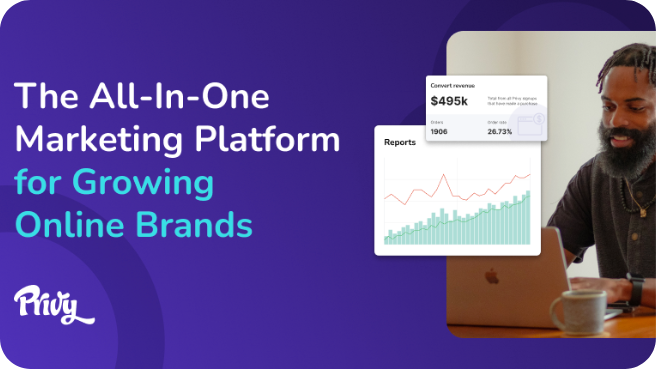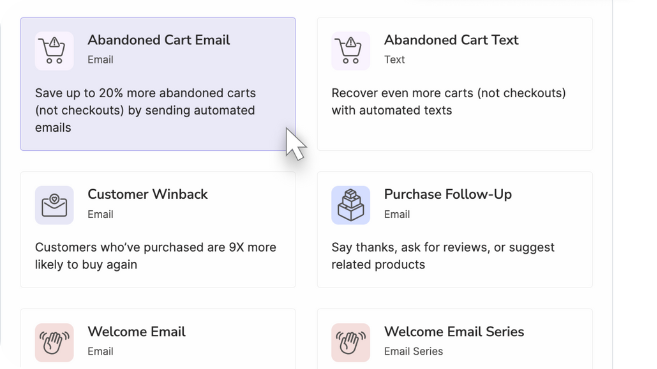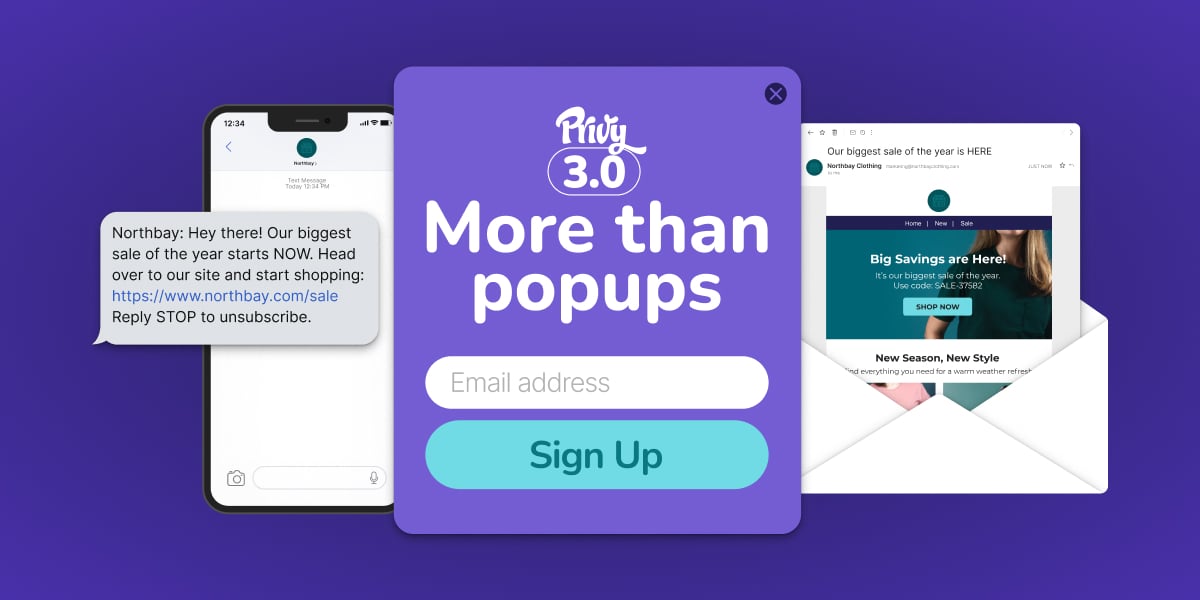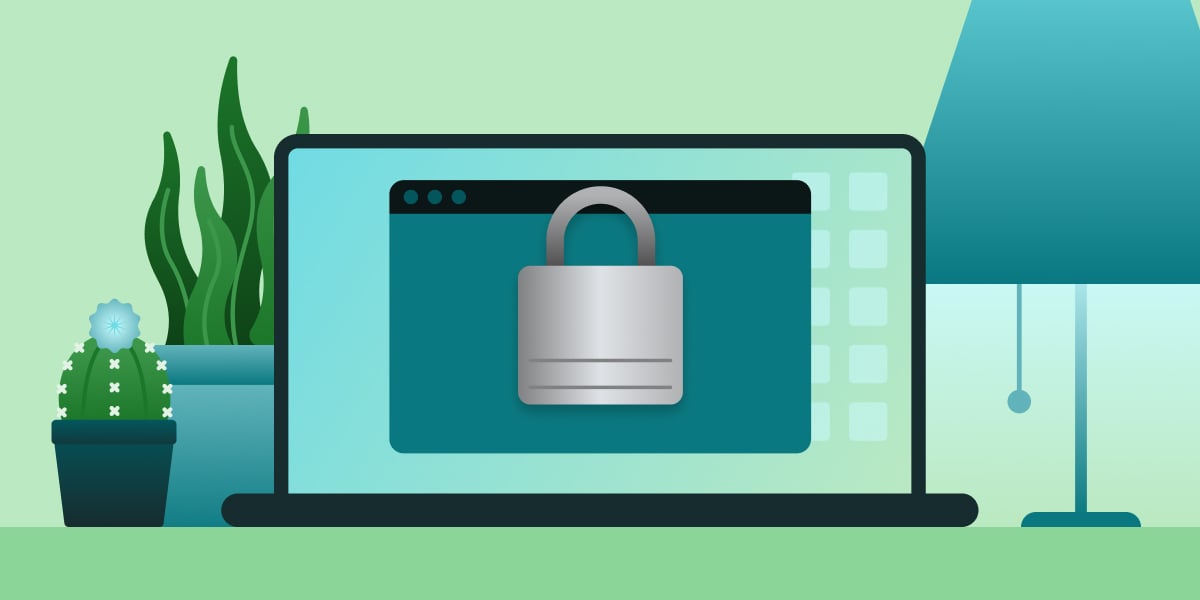What’s the Difference Between Checkout & Cart Abandonment?
8 min read time
Published on Jan 29, 2019
Written by Josh Mendelsohn
You’ve probably heard it a million times by now. 98% of people who visit your site will not go on to make a purchase. It’s something that keeps ecommerce marketers up at night. They don’t understand why a person would choose to not buy. And they don’t know what to do to save those people who are interested enough to add an item to their cart but don’t finish the purchase.
Table of Contents:
Understanding the buyers journey
What's the difference between checkout abandonment and cart abandonment
How to reduce checkout abandonment
Cart vs. checkout abandonment summary
Get our best content on ecommerce marketing in your inbox 2 times a week
Understanding the buyers journey
Before we dive into solutions, let’s take a quick look at a normal buying path (marketing funnel) for an online shoppers. Sometimes this happens in multiple visits, sometimes in a matter of moments, but everyone goes through it.
- Search: Most online purchases start with a search or engaging with an advertisement on Facebook or Instagram.
- Visit: A person comes to your online store for for the first time to see what you sell and what your business is all about.
- Shop: That person starts poking around, looking at your products to see if you have anything they want at a price they are comfortable with.
- Add to Cart: The shopper is interested enough to add an item (or more) to their shopping cart.
- Checkout: The shopper begins the process of checking out by entering their shipping and payment information
- Buy: They confirm their purchase and pay for the item(s) they have selected.
Pretty straightforward, right? As consumers, we all buy things online and have gone through this process dozens (or hundreds) of times with online retailers. Sometimes we make it from beginning to end in one session. Other times we fall off completely. And in other cases, we start on one day and finish the job on another.
As online merchants, we need to recognize that this is completely normal behavior for a human choosing to spend their hard earned money with us.
As merchants, that leaves us with the challenge of making it as easy as possible for people to finish the purchase no matter when or where they fall out of this journey. The most common solution is to set up “abandoned cart emails” that are automatically sent to shoppers who had an item to their cart but don’t make it through the checkout stage. But there’s a pretty big problem with this approach. Unbeknownst to most people, those “abandoned cart" emails are actually just “abandoned checkout” emails. That's the ecommerce dirty secret.
Right now, you might be thinking “that’s just a word choice, what’s the difference?” But it matters, a lot. Because the emails you’re sending could be reaching 5x more people if they were actually abandoned cart emails.
Cart abandonment vs. checkout abandonment
The difference between checkout abandonment and cart abandonment is that checkout abandonment involves abandoning the cart after the customer has entered their information in the checkout process, while the cart abandonment simply means abandoning the cart at any stage previous to checkout.
We explore in more detail below.
What is checkout abandonment?
Checkout abandonment is when a shopper goes through their journey by adding an item(s) to their cart, entering their personal and credit card information in the checkout step, and then deciding not to complete their purchase (whether they have an account or as a guest checkout).
What is cart abandonment?
Cart abandonment is when a shopper gets to the point in their journey where they add an item to their cart and then for whatever reason decides to abandon your website.
You don’t need to be an ecommerce expert to know that a lot more people are going to abandon their carts than ever reaching the checkout step. That means those “checkout abandonment” emails are going to a small subset of people who were interested enough in what you sell to add an item to their cart. And even smaller when you consider that for someone to receive your checkout abandonment email they must opt-in to communications as part of the checkout process.
How to Solve Checkout Abandonment
If you agree that the current situation is less than awesome, there are steps you can take to solve it. Here are a few strategies to reduce checkout abandonment.
1. Focus on building your email list
First, you should always be investing in continuous list growth to build the pool of shoppers who have opted in to receive emails from you. That means proactively asking people to sign up via a pop up, flyout, embedded form, etc.
2. Use cart saver popups
Second, you should be using cart saver pop ups to reduce abandonment before it happens. Those are triggered on cart and checkout pages when a person has an item in their cart and attempts to leave your site.
3. Use an email marketing service
Finally, you should be using an email marketing service (Privy does this) that can truly send “cart abandonment” emails to bring shoppers back to your store by including anyone who has opted in through any of your opt-in forms that added an item to their cart and left without buying (we have the only one of those I know of.) This will help you reach 5x as many shoppers who abandon and recover as much as 18% of abandoned carts.
Key Takeaways
- Shoppers go through a number of steps before making a purchase from your store.
- Most of those people never reach the checkout stage, many more abandon their cart without ever getting there.
- Normal abandoned cart recovery emails only send to people who abandon their checkout, so abandoned checkout recovery efforts only solve part of the problem.
- Combining continuous list growth efforts with an abandoned cart strategy increases your pool of recipients for cart recovery emails and improves conversion rates.
- Privy’s streamlined abandoned cart emails reach 5x more shoppers than other options by sending to anyone who has opted in via a Privy form on any visit and then abandons their cart.
Below is a video on the eCommerce Dirty Secret for Cart vs Checkout Abandonment;
Want to learn more about sending abandoned cart emails through Privy? Here's the scoop on email marketing.
Checkout Abandonment FAQ
What is a good checkout abandonment rate?
Based on different ecommerce studies, the average checkout abandonment rate is 68%. Most recent studies report checkout abandonment rates as high as 75%.
How to calculate cart abandonment rate?
Cart abandonment rate is calculated by dividing the total number of completed purchases by the number of carts abandoned. Then, subtracting the result by 1 and multiplying by 100 to get a percentage. For example, if you have 5 completed purchases and 20 shopping carts, your abandonment rate is 75%.
How to reduce checkout abandonment for my ecommerce store?
The best way to reduce checkout abandonment is to make sure your checkout process is optimized for efficiency and convenience. Make sure that your payment process runs smoothly by guiding customers with clear messaging to input the necessary information for them to pay and complete their purchase!
Why is checkout abandonment a problem in ecommerce?
Checkout abandonment is something that ecommerce businesses should pay close attention to in order to identify any areas that can be fixed in order to provide customers with a smoother checkout experience. This is one of the aspects of running an ecommerce business where identifying and fixing a step in the process could have a significant impact on driving sales.
Subscribe for Updates
Get our best content on ecommerce marketing in your inbox 2 times a week.
Written by Josh Mendelsohn
Josh brings his marketing chops and lifelong passion for jam bands, craft beer, and SMBs to the team at Privy. Having spent time working at SMB and ecommerce leaders like Constant Contact and Salsify, he has a deep understanding of how to help small and medium sized ecommerce businesses be all that they can be. In addition to leading Privy's marketing team, Josh spends too much of his time managing his pug Marvin's instagram account.
Subscribe for Updates
Get our best content on ecommerce marketing in your inbox 2 times a week.


.jpg)






